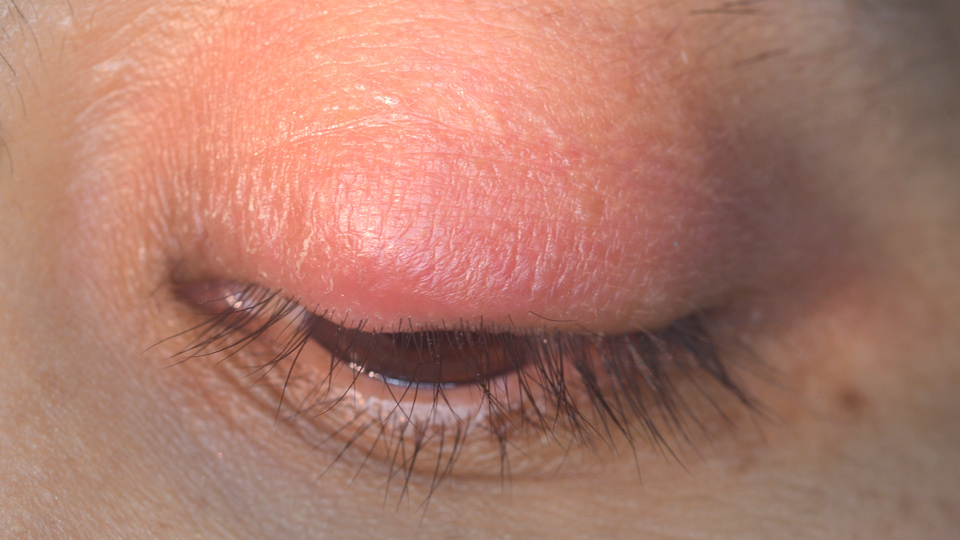Playing with mirrors: anamorphosis by reflection
05/05/2025

02/01/2025
Did you know that cellulitis doesn’t only affect the skin? While many people associate it with marks on the legs, it can also appear in unexpected places, such as around the eyes. Ocular cellulitis is an infection that affects the soft tissues around the eyes, appearing suddenly with swelling, redness, and sometimes pain.
There are two main types: preseptal cellulitis and orbital cellulitis. Although they share some symptoms, the latter can pose a serious health risk if not treated promptly.
Ocular cellulitis is typically caused by bacteria such as Staphylococcus aureus, Streptococcus pneumoniae, or Haemophilus influenzae. These bacteria can invade the periocular area for various reasons, including:
While preseptal cellulitis affects the superficial layers of tissue around the eye, orbital cellulitis involves deeper structures within the orbit, making it potentially dangerous.
Symptoms
Orbital cellulitis:
The distinction between these two types is crucial, as orbital cellulitis can progress rapidly and cause severe complications, including blindness or intracranial abscesses and infections.
Diagnosis involves a detailed clinical examination and imaging tests such as computed tomography (CT) or magnetic resonance imaging (MRI). These tests help evaluate the extent of the infection and confirm whether it is superficial or deeper. Blood tests and cultures may also be performed to identify the infectious agent.
The treatment depends on the type and severity of the infection:
Preseptal cellulitis:
Orbital cellulitis:
To prevent ocular cellulitis, promptly treat sinus infections, maintain good eye hygiene, and avoid touching facial wounds without proper disinfection. At the first signs of unusual swelling or pain, consult a specialist.
Ocular cellulitis can lead to severe ophthalmological and neurological consequences, with potentially fatal outcomes. However, early detection and proper management will preserve vision and prevent complications.
Dr. Sandra Planella, Ophthalmologist at the Barraquer Ophthalmology Centre